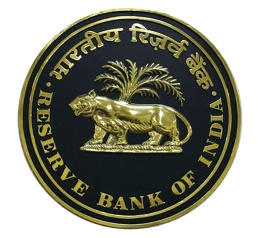Monetary Economics - Supply of Money | 12th Economics : Chapter 5 : Monetary Economics
Chapter: 12th Economics : Chapter 5 : Monetary Economics
Supply of Money
Supply of Money
Money supply means the total amount of money in an economy. It
refers to the amount of money which is in circulation in an economy at any
given time. Money supply plays a crucial role in the determination of price
level and interest rates. Money supply viewed at a given point of time is a
stock and over a period of time it is a flow.
Meaning of Money Supply

In India, currency notes are issued by the Reserve Bank of India
(RBI) and coins are issued by the Ministry of Finance, Government of India
(GOI) . Besides these, the balance is savings, or current account deposits,
held by the public in commercial banks is also considered money. The currency
notes are also called fiat money and legal tenders.
Money supply is a stock variable. RBI publishes information for
four alternative measures of Money supply, namely M1,M2,M3 and M4.
M1 = Currency, coins and demand deposits
M2 = M1 + Savings deposits with post office savings banks
M3 = M2 + Time deposits of all commercial and cooperative banks
M4 = M3 + Total deposits with Post offices.
M1 and M2 are known as narrow money
M3 and M4 are known as broad money
The gradations are in decreasing order of liquidity.
Currency Symbol ₹
The new symbol designed by D.Udaya Kumar, a post graduate of IIT
Bombay was finally selected by the Union cabinet on 15th July, 2010. The new
symbol, is an amalgamation of Devanagri ‘Ra’ and the Roman ‘R’ without the
stem. The symbol of India rupee came into use on 15thJuly,2010. After America,
Britain, Japan, Europe Union. India is the 5th country to accept a unique
currency symbol.
Determinants of Money Supply
1. Currency Deposit Ratio (CDR); It is the ratio of money held by
the public in currency to that they hold in bank deposits.
2. Reserve deposit Ratio (RDR); Reserve Money consists of two
things (a) vault cash in banks and (b) deposits of commercial banks with RBI.
3. Cash Reserve Ratio (CRR); It is the fraction of the deposits
the banks must keep with RBI.
4. Statutory Liquidity Ratio (SLR); It is the fraction of the
total demand and time deposits of the commercial banks in the form of specified
liquid assests.
Related Topics